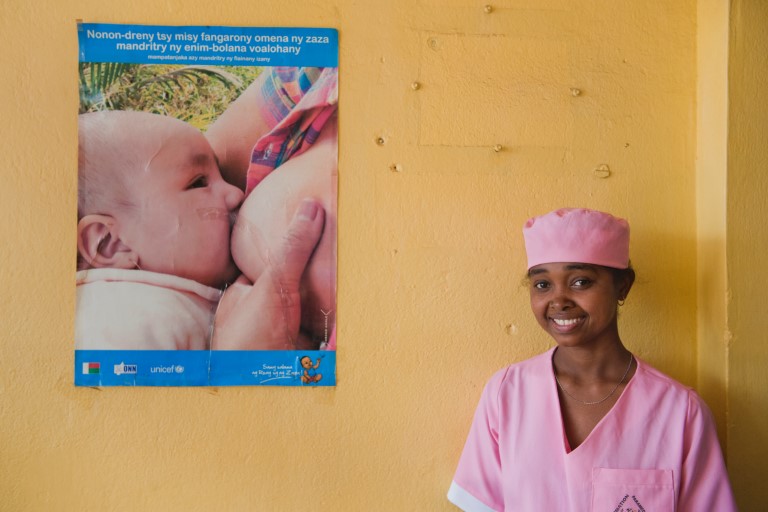Norad’s Results Report: Health and Education

Each year since 2007, the Norwegian Agency for Development Cooperation (Norad) has selected a theme for a results report and presented examples of results of development cooperation and challenges in achieving them. In its latest report, Norad analyses pressing global issues in health and education and provides 27 result examples.
Key findings show that lack of investments, war and conflict, disrespect for human rights including gender equality, and natural disasters are hindering progress.
Examples highlight Norway’s development cooperation with governments, universities, the private sector and multilateral and civil society organisations.
A statistics section gives an overview of Norway’s development cooperation, a comparison with other OECD members and development indicators of partner countries.
Five billion USD spent
In 2013, Norway spent 32.8 billion Norwegian kroner (approx. five billion USD) on development cooperation.
OECD data for the same year show that Norway spent 13 percent of development funding on “health, education and population”, while additional contributions, such as to multilateral organisations and humanitarian operations, may also address these areas.
Health challenges remain
The report addresses key issues such as children’s and mothers’ health. Maternal mortality has been halved between 1990 and 2010, yet the Millennium Development Goal to reduce maternal mortality by 75 percent will not be met by 2015.
However, the rate of reduction is expected to accelerate in the coming years as additional resources have recently been mobilized to scale up availability and supplies of lifesaving medicines and equipment.
Inclusion in education is a priority
Although positive results in the education sector are clear, the report sounds an alert about the children who are excluded. Reaching the final ten percent of children globally who are not in primary school, is proving to be a tall order. Around half of these children live in conflict-affected states, whilst one in four have disabilities.
Within countries, it is frequently the poorest, those from minority groups and those living in rural areas that have the most limited access to health and education services.
Future programmes must be designed to ensure that they include the hardest to reach. UNICEF has documented that focusing on the most marginalized and vulnerable can increase progress towards the Millennium Development Goals.
Geographical and thematic selections
The report presents results of Norway’s development cooperation with partners in countries including Afghanistan, Burundi, Colombia, Ethiopia, India, Indonesia, Kenya, Madagascar, Malawi, Mozambique, Nepal, Pakistan, Rwanda, Uganda, Vietnam and Zimbabwe.
Examples give results of global efforts such as the GAVI Alliance, The Global Fund to Fight AIDS, Tuberculosis and Malaria, results-based financing and The Global Partnership for Education.
